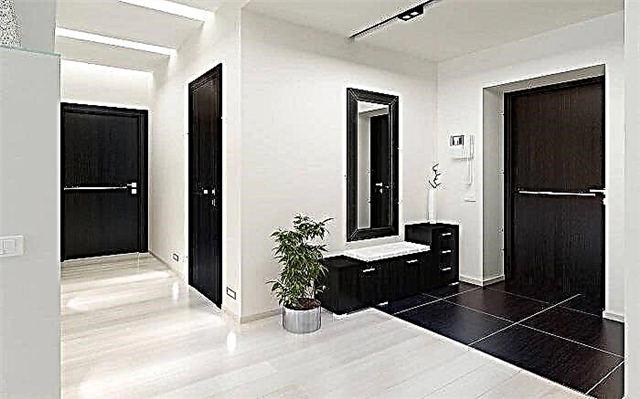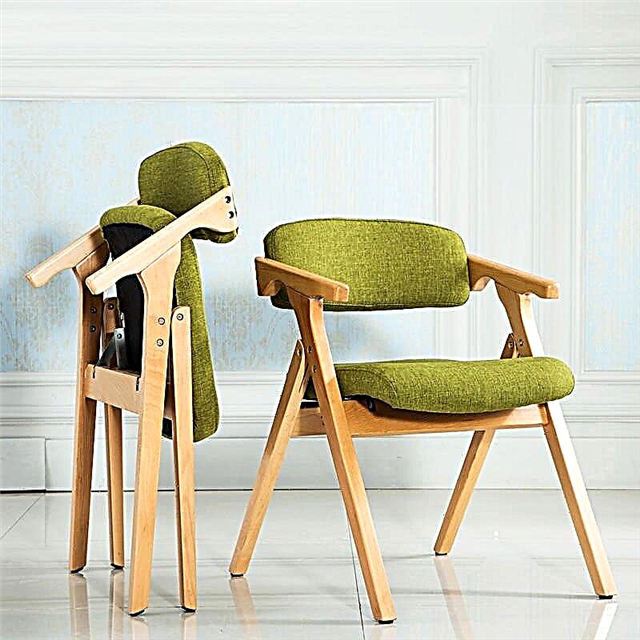Ceramic tiles are today considered the best option for flooring. Most people prefer to use ordinary linoleum instead of ceramics.

This is because it is much warmer in the kitchen than tiles.
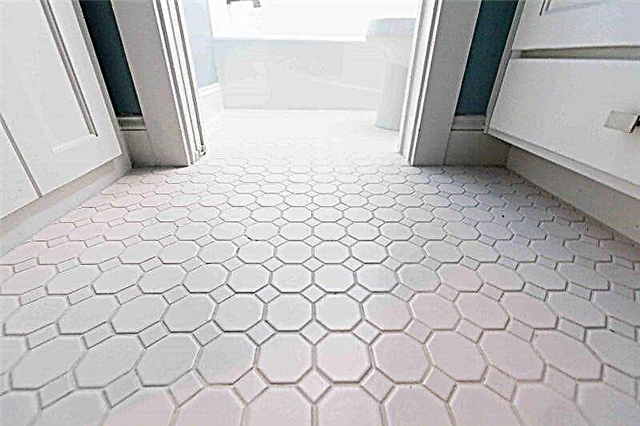
Modern technologies make it possible to make floors in the kitchen with additional heating, which are able to provide a constant temperature regime.

For the cooking zone, it is not recommended to choose glazed types of ceramics, as the surface constantly glides. Such a coating can harm health.
The Basics of the Right Choice
In order to make the right choice, it is recommended to observe the following requirements:
- easy cleaning
- good impact resistance
- thickness should not exceed 11 mm,
- Attractive appearance
- class AA or B.

Modern building materials stores have a wide range of tile coverings. It is presented in different colors and shades. Before buying your favorite ceramic tile for the floor, it is important to consider the design of the interior space. The best option is considered a combination of shades among themselves.

As for the form, it can be completely different.
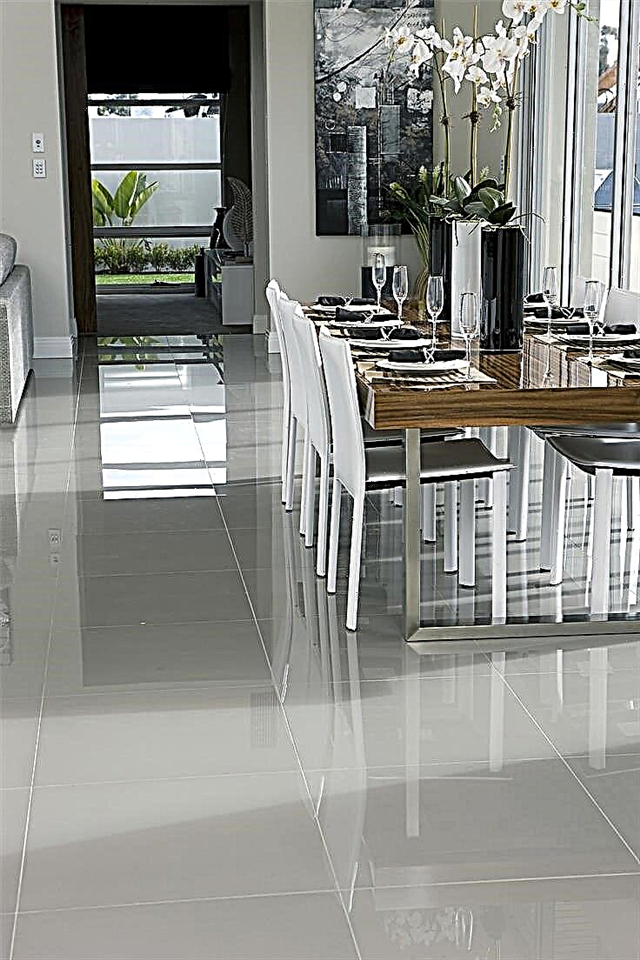
Tile Production Process
At the initial stages of production, the tile was fired twice. The first stage was shaping using special equipment, then it was fired at a temperature of more than 1000 ° C.

The final action was the application of glaze, followed by firing. As a result of this, it was called "bikkotura."

Modern floor tiles are made by a single firing, so it is called "monocottura". Today, production is carried out in several stages:
- mixing components
- grinding to a homogeneous mass,
- vibropressing process,
- drying,
- frosting,
- firing parts.
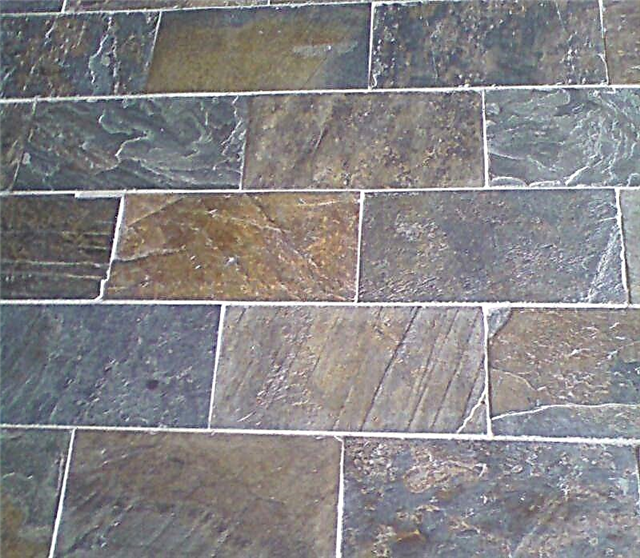

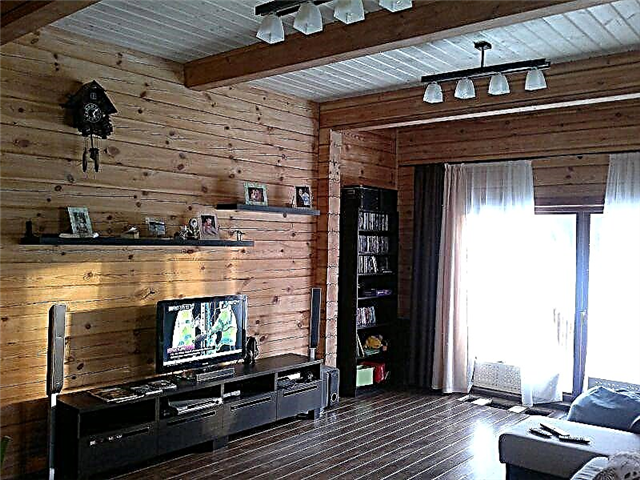
For flooring, it is recommended to use unglazed tile elements, they are able to emphasize all the sophistication of the design. Professional stackers consider it to be sufficiently warm tile for the floor, so it has good thermal insulation properties.

Features
Since floor tiles are constantly exposed, increased demands are placed on them. The tile must be:
- durable
- resistant to external influences (moisture, cold, high temperatures, sunlight),
- non-slip
- safe (do not cause allergies and do not contain toxic substances),
- durable.
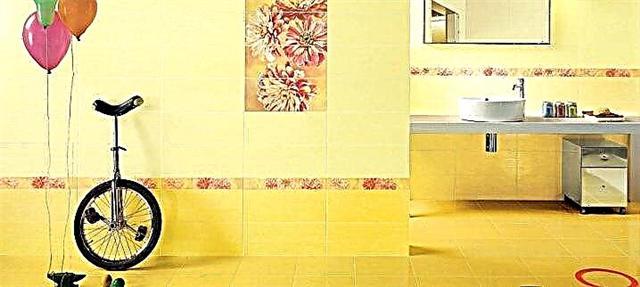
You should not think that color can narrow a circle of a choice. Yellow floor tiles can be different:
- matte and glossy,
- smooth and textured
- plain and with a pattern.


Yellow color has many shades: sand, lemon, fawn, golden and others. Also, such a tile can have a different shape (square, rectangular, curly). The feasibility of choosing one form or another depends on the type of premises, the amount of necessary material, financial capabilities, and most importantly - the stylistic compliance with other interior elements.
When choosing a tile, you should pay attention to the way of laying. For the installation of certain types of material, it is necessary to remove the old finishing coating. For others, this is not an obstacle; they do not require any preliminary work on the preparation of the floor. Moreover, most types of such coatings have low thermal conductivity and are unpleasant to the touch. Therefore, before installing them, you need to consider this nuance. You may need to pre-install a floor heating system.

Porcelain - made from a mixture in which kaolin and quartz are predominant with small additives to improve properties. The mass is first pressed and then fired. The structure of porcelain tiles is homogeneous and, accordingly, painted completely in yellow.
The advantages of this material are durability, resistance to abrasion, heavy loads, humidity, low and high temperatures. Of the minuses, one can note the complexity of installation, for which the help of specialists is needed.

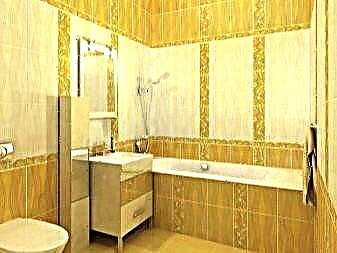
Ceramic - more difficult to manufacture material with a variety of design variations. First, the base is pressed, then covered with a layer of glaze and fired. Glaze is usually glass, which, in turn, is coated with enamel.
This tile is also called decorative. It is represented by a wide range in various shades with a variety of ornaments. Unglazed yellow elements look simpler. As a rule, they are dull and have no patterns.
Advantages of ceramics: frost resistance, low moisture absorption, hardness, long service life. However, with a point mechanical impact, a chipping of the upper layer is possible.

Stone - made of artificial or natural granite or marble. Such a tile cannot be uniformly yellow, because, as in any stone coating, streaks and inclusions are visible in it.
This type of coating meets all the requirements of strength and durability. However, its vulnerabilities are discoloration caused by acids (including fruit) and the heavy weight of the finished product, which makes it difficult to stack and deliver.

Soft (synthetic) - made of polymer. Such a tile can be smooth or have a pile. Features of the material are reduced trauma and ease of dismantling (both completely and for replacing one element).
Of the minuses, it is possible to note the destruction of the coating under the influence of high temperatures, poor resistance to abrasives and chemicals and a relatively short service life (half as compared with hard tiles).
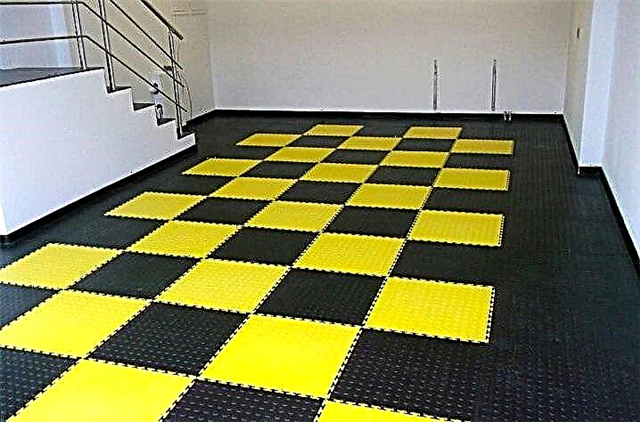
Vinyl (or its variety with the addition of sand - quartz vinyl) - consists of several layers: polymer, decorative, vinyl and film. The decorative layer can be plain or have a pattern (including imitating wood or stone). This type of material is characterized by lightness, good cushioning, resistance to moisture, cold and chemicals, high heat transfer.

Using
The first place that comes to mind when we talk about floor tiles is bathroom. There, a tiled coating is simply necessary, since it prevents water from leaking down and is easy to clean. Special anti-slip treatment can make the situation in the bathroom safe. Bright sunny design compensates for the lack of lighting, especially if the yellow color is present not only on the floor, but also on the walls.
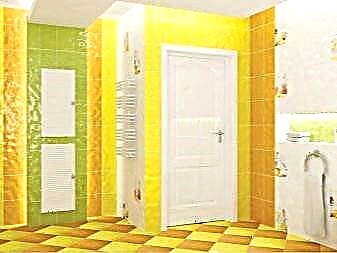

Another place where tiles are the most suitable material for flooring is kitchen. Gloss will add light and volume to the kitchen. Since a positive attitude plays a significant role in the cooking process, yellow floor tiles will help create it. Do not spoil the mood and cleaning, since grease and dirt from ceramics can be easily washed off with any detergent.
For reasons of practicality, floor tiles are often used in the hallway. The yellow color that greets the guests helps to make a pleasant impression of the hosts.


In the nursery You can use soft tiles. It is pleasant to the touch, softens falls and is the least slippery option. Of course, lint-free vinyl and polyurethane are preferable, since they do not absorb paints and other liquids. The most soiled tiles can be easily removed, washed and reinstalled. Yellow color stimulates mental and physical activity, energizes, which is why children love it very much.
In the living room yellow tiles are also appropriate. Often, in order to please all family members, the interior of the common room for relaxing and receiving guests is made intentionally neutral. Warm shades create an atmosphere of comfort and goodwill.


Yellow floor tiles made of stone and granite are widely used for decoration of public places. It can be seen in cafes, hospitals, shopping centers. Part of the demand is due to the practical qualities that combine these materials.
However, such a coating is a good choice and from an aesthetic point of view, it looks unobtrusive, but at the same time stylish.

What problems you may encounter when laying tiles and how to solve them you will learn from the next video.
Beautiful examples
Even furious yellow fans should not use the same shade for all surfaces in the room. The same applies to furniture. Focus on one thing. Some interior detail or piece of furniture can be made bright yellow, while a more relaxed matte floor will be an excellent background for them.
However, the interior, made entirely in yellow, is rare. The most popular is the combination of this color with green. The main thing is to choose shades in one key (warm or cold).


The yellow floor tiles can be combined with equal confidence with white and golden decorative details. Of course, in combination with gold, it is worth choosing a material without shine so that the decor elements do not compete with each other.
Gold or gold-embossed tiles can be seen in apartments decorated with special luxury. The mirror surface of the floor only multiplies the effect of gilding. As a rule, such rooms are decorated in a tan palette, because these two colors and their various shades are perfectly combined with each other.


The use of flooring of various kinds is one example of zoning. This technique can be applied if the kitchen and dining area are located in one room or we are talking about a studio apartment where there are no partitions. In this case, the cooking workplace can be highlighted with lemon-colored tiles to match the kitchen furniture.
The stone-like tile is always relevant. Fashion for naturalness, and, accordingly, for natural materials does not pass. Therefore, a pale yellow natural coating will only emphasize the nobility and sophistication of the classic interior.


The wood of some species has a pronounced yellow hue. This design will be appropriate in almost any interior, made in one of the modern styles.
Where can I use yellow floor tiles?
Since the yellow floor tile can be placed in any room, the method of its application will depend on the concept you have chosen. For most residents, the yellow color evokes memories of the sun, sand, and relaxation. That is why it would be appropriate to place such tiles in the bathroom. After all, it is in the bathroom that you can relax after an exhausting working day, find harmony, relieve stress and tension.
At the same time, to achieve a pleasant state, bright yellow keys should be diluted with calmer tones.

Be sure to consider lighting when choosing floor tiles. A room where daylight prevails will be already quite bright. A large number of yellow keys can only exacerbate the situation. But for a room that has artificial lighting, yellow tiles will be very useful.
It is also better to give preference to opaque options. The glossy performance of such products can irritate the eyes with a bright shine. It is worth noting that the yellow tile for the bathroom can have various interesting patterns or embossments. The best option is where the details in the room will be drawn in a yellow tint, and not the entire floor or walls.


How to use
First of all, pay attention to the combination of colors. It will become the key to the perfect interior. If you choose a yellow floor tile, then it is worth taking a closer look at additional shades. It can be white, green, brown, black, pale blue tones. If the floor tile has a rich tonality, then muted shades of a different color should be selected for it.
Do not combine bright with bright. This can ruin the whole composition.
If you do not know how to properly apply such finishing material in a particular room, then worth the advice of experienced professionals. Creative designers will help to realize your wildest ideas, tell you how to create coziness and comfort in the house. It is believed that yellow keys are best used in impressive areas. If you have a spacious room, you can safely lay floor tiles of a similar shade.
If you want to make a small room sunny, you should give preference to glossy textures. Additional shine will help visually expand the space, make the room visually more spacious. In this case, it is not necessary to arrange the room in a single color. This can make your apartment less attractive.


Be sure to dilute any sunny shades with other colors. For example, as a complement, you can use green, red, white decor. So you can put all the emphasis.

How to choose the right
Before buying floor tiles that you like, you should pay attention to its durability. If you choose a similar finishing option for the kitchen, then see that the tile has a low level of slip, high wear resistance, and does not fade in the sun.
It is also worth looking at a parameter such as resistance to chemicals. Indeed, when cleaning you will use various detergents. And they can damage the coating. Therefore, it is worth choosing options with a class of "AA" or "A". It is usually written on the packaging of the goods.
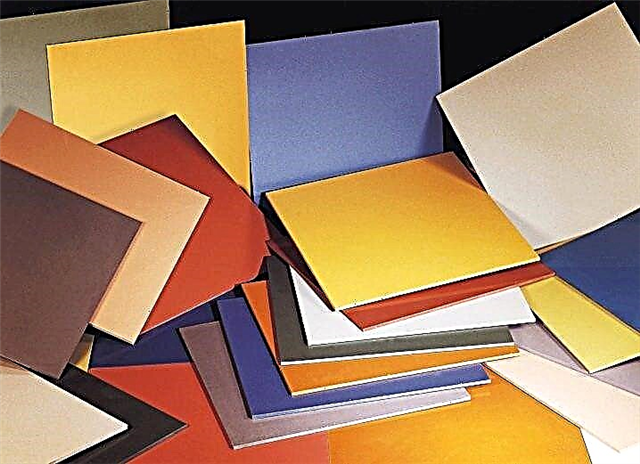
The level of moisture resistance should also be of interest to prudent buyers. It will directly depend on the porosity of the product. The following tile options are available: porous and vitrified. Respectively, the more pores a surface has, the more it is able to absorb moisture.
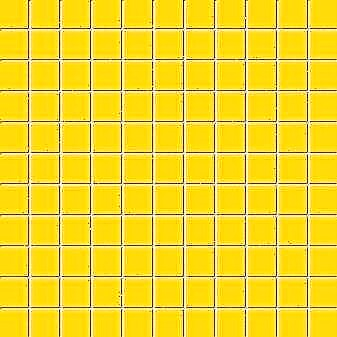

For the kitchen, low porous tiles will be the best choice. On the packaging should look for the image of the "sun". This will allow the product to retain its original color longer.

As for the shape and size, a large tile will look pretty solid and presentable. At the same time, if you have an oversized room, you should choose a tile with modules of size 20 * 20 or 25 * 25 cm. If you still purchased large products, you should remember that you often have to cut such a tile. This will increase your spending and waste after repair.
Often used square or rectangular tiles. Typically, such shapes are products that have the color of parquet or brick.
It is worth noting that the rectangular options will help to visually expand the room. To achieve this, lay the long side of the tile perpendicular to the long wall of the room.


If you want the room to have an unusual effect, you can lay the tiles in a non-standard shape. You can use hexagonal or rounded diamond shaped models or a wave-shaped module.

The best color combinations
Not all colors can be entered in the yellow interior. However, you can always pick up combinations that emphasize the individuality of the room and at the same time will look good in the apartment. For design of modern apartments, pastel-colored floor tiles are often used.Beige, mustard, cream options can be successfully combined with various chocolate tones. If you plan to create an accent, then red and orange colors will do, golden tiles will revive and decorate the interior.

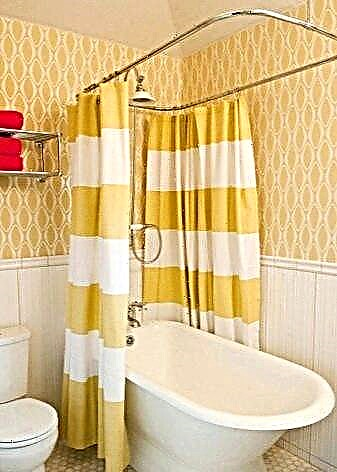
An interesting combination will be black and yellow. A similar interior will be contrasting and attractive. It is better to make a dark apron in the kitchen or decorate the area around the bath or shower. A gray palette will also help to give the overall composition a more refined and restrained look, to diversify the room.
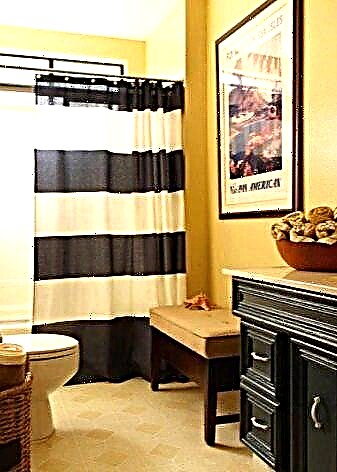

Now you know how to use and apply the yellow floor tiles correctly. Do not forget to pay attention to the quality of the goods when you come to the store for a purchase. Let every day the selected yellow coating give you bright positive emotions and good mood.

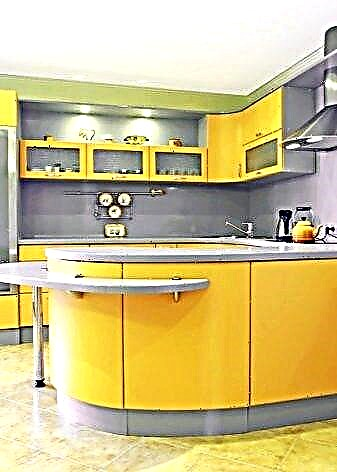
See how to choose ceramic tiles in the next video.
Selection of elements in accordance with the design
If there is not enough free time, you can make a choice using the catalogs of floor tiles. They have a full description of the product, its main characteristics.

Of course, it is best to see the entire range in kind, but if there is no way, you can use paper material.

For small spaces, it is recommended to use small sizes of tile elements. She is able to visually increase the space of the room. The color palette should be combined with the main colors of the interior.

Many designers prefer to use a contrasting combination. In the photo, floor tiles, you can note a good combination of color palette.



Tile installation
Installation work is best done on a concrete base. Laying tiles for the floor is a rather complicated process. To do this, you need to use the help of professional stackers, which guarantee an excellent result.

At the initial stage, the surface is carefully leveled using special building mixtures. After that, the cord is pulled, which is the level.

Next, a series of several elements is gradually laid. Between the tiles strengthen the beacons, which tightly fix each detail. For complete drying of the glue it takes about a day. It should be noted that it is prohibited to move around the finished coating in this case.

Mechanical impact can lead to their displacement, which in the future will lead to the appearance of irregularities.



